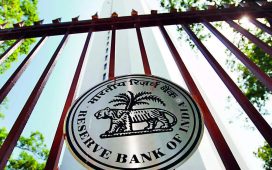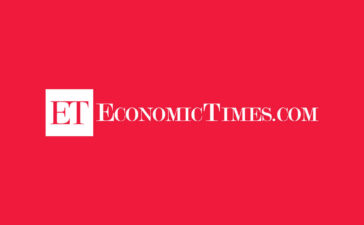
The rentals for nearly 1.65 lakh sq ft office space in commercial tower Oberoi Commerz III, part of larger layout Oberoi Garden City, is set at Rs 233 per sq ft a month. The lease agreement includes a clause to escalate these rentals by 15% after 36 months from the license commencement date.
The lease agreement will commence from January 2025 with a lock-in period of three years and the fit-out period of total five months will start from July 15, 2024, showed the documents accessed through CRE Matrix.
The bank will be paying common area maintenance charges of Rs 41.23 lakh per month taking the total outgo for this office space to over Rs 171 crore over the tenure of the lease including the rental escalation.
The transaction was registered on July 9 and agreement will also provide exclusive access to a total of 164 car parking slots in the tower.
ET’s email query to IDFC First Bank and Oberoi Realty remained unanswered.IDFC First Bank has reported nearly 36% on-year increase in total deposits at Rs 2,09,666 crore and 37.8% growth in customer deposits grew at Rs 2,04,572 crore as of June end. The bank opened 11 new branches to reach branch count of 955 during the quarter.Oberoi Garden City, spread over 80 acres, which is a premium mixed-use development in Goregaon located adjacent to a metro station. Oberoi Commerz III is a 2.9-million-sq-ft tower that already houses key occupiers including global investment bank Morgan Stanley.
Despite global economic sluggishness, the Indian office sector has experienced sustained growth in demand, reflecting strong market fundamentals and resilience against global challenges.
According to recent data, the office market surged to its best-ever first half with gross leasing of 33.5 million sq ft in, up 29% from a year ago surpassing the previous first half record performance of 30.71 million sq ft seen in 2019.
The remarkable growth in office leasing underscores the confidence in India’s commercial real estate market and its ability to attract significant investments despite broader economic uncertainties. This trend is expected to continue, driven by robust demand from various sectors and favorable market conditions.










